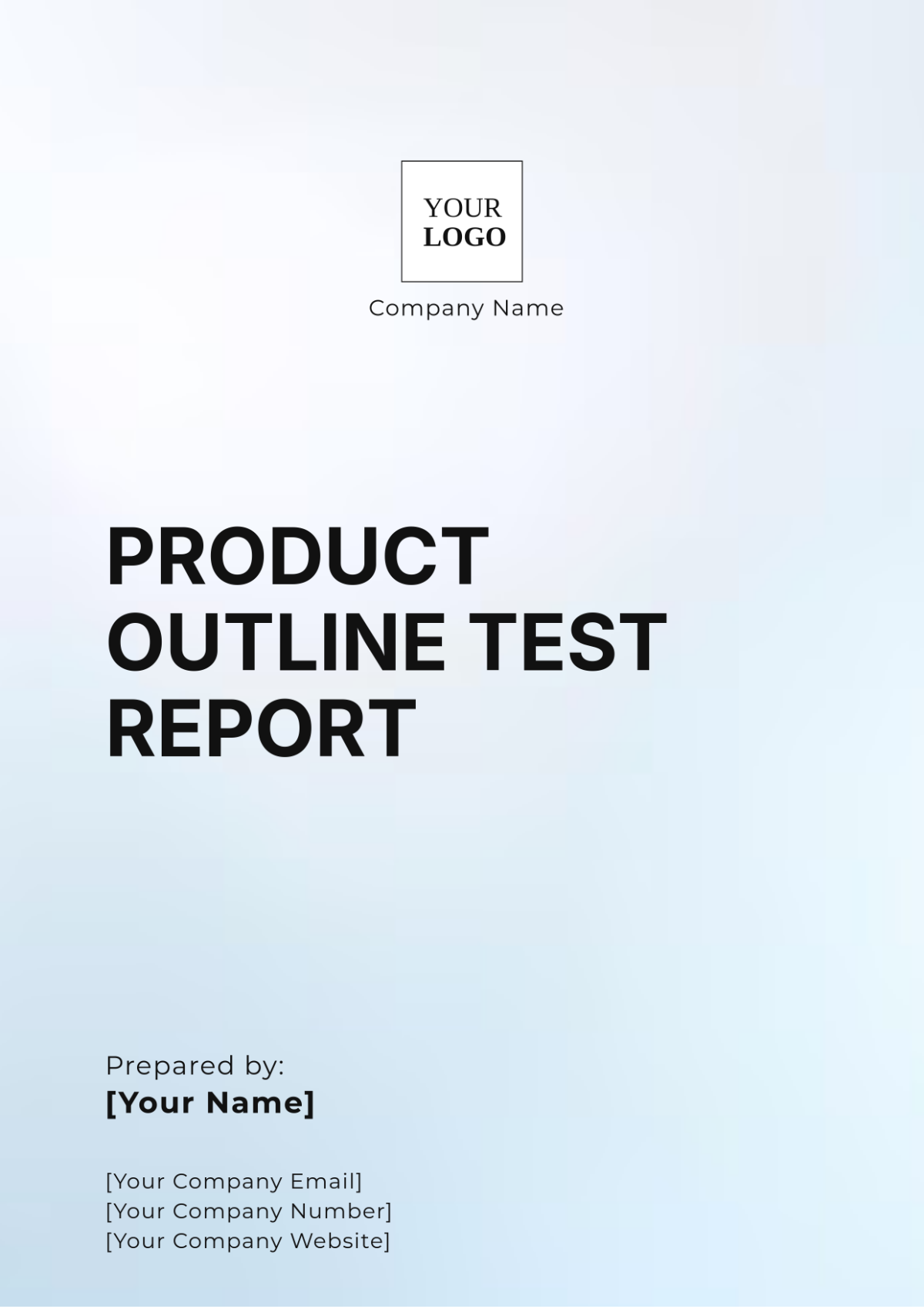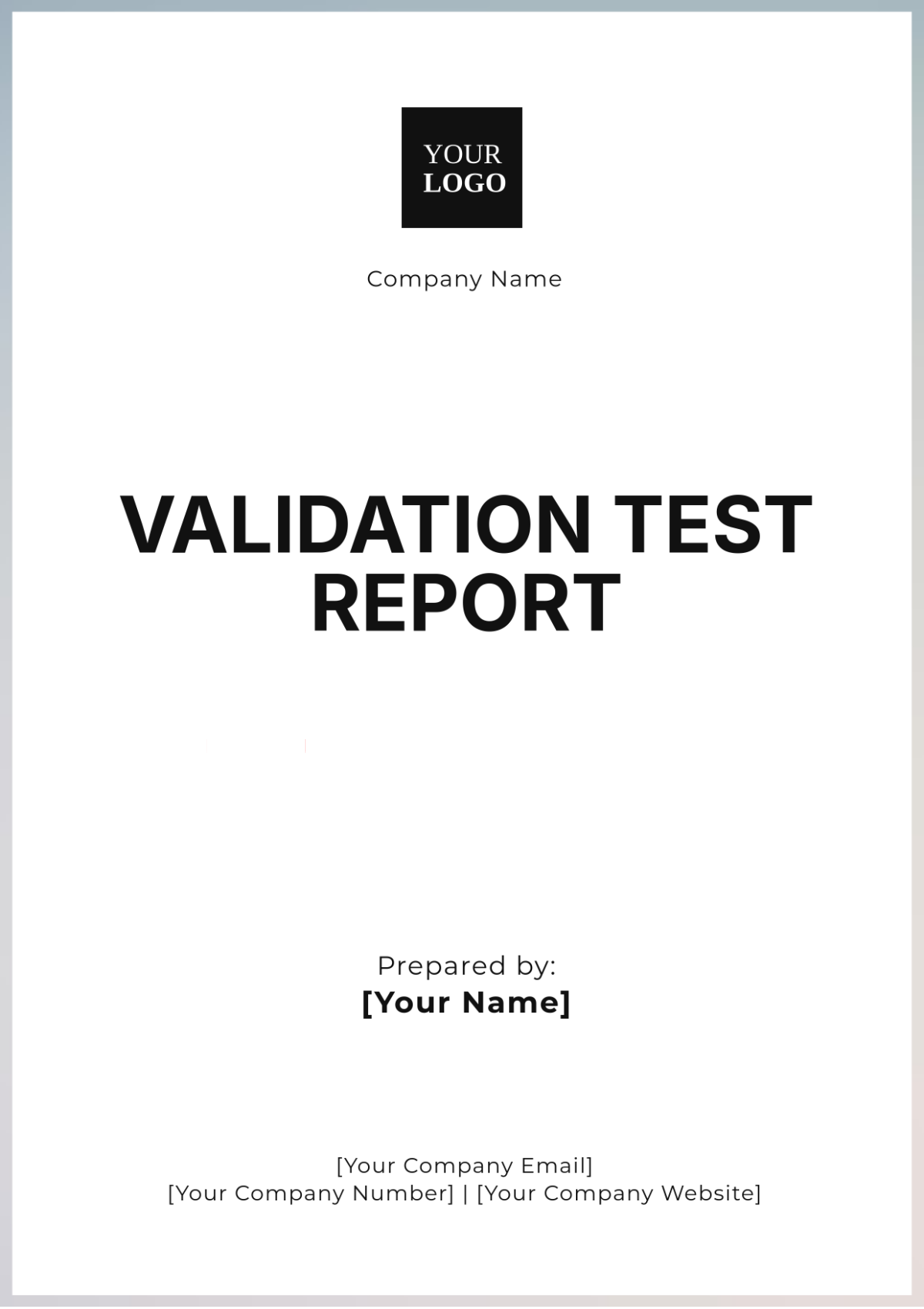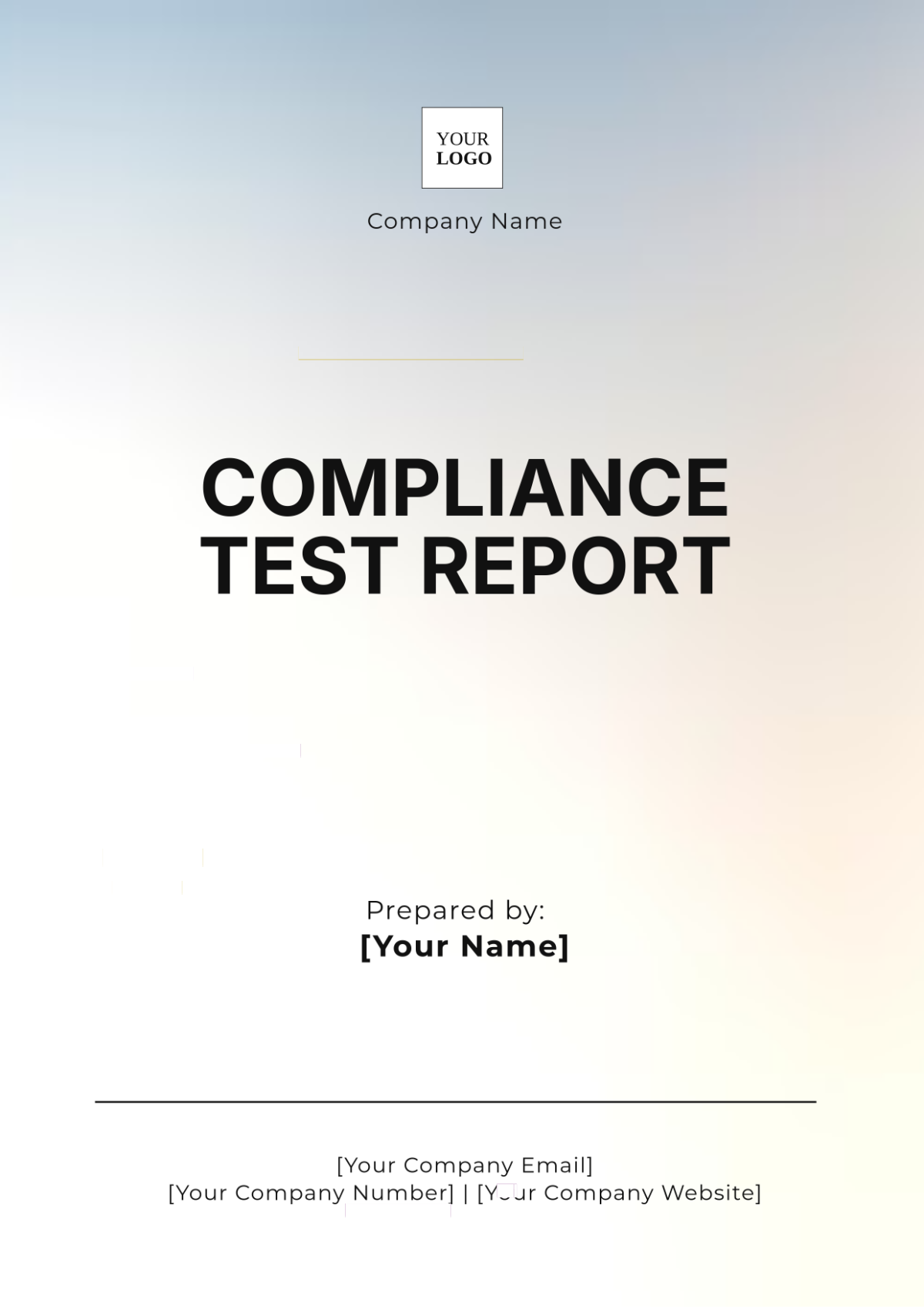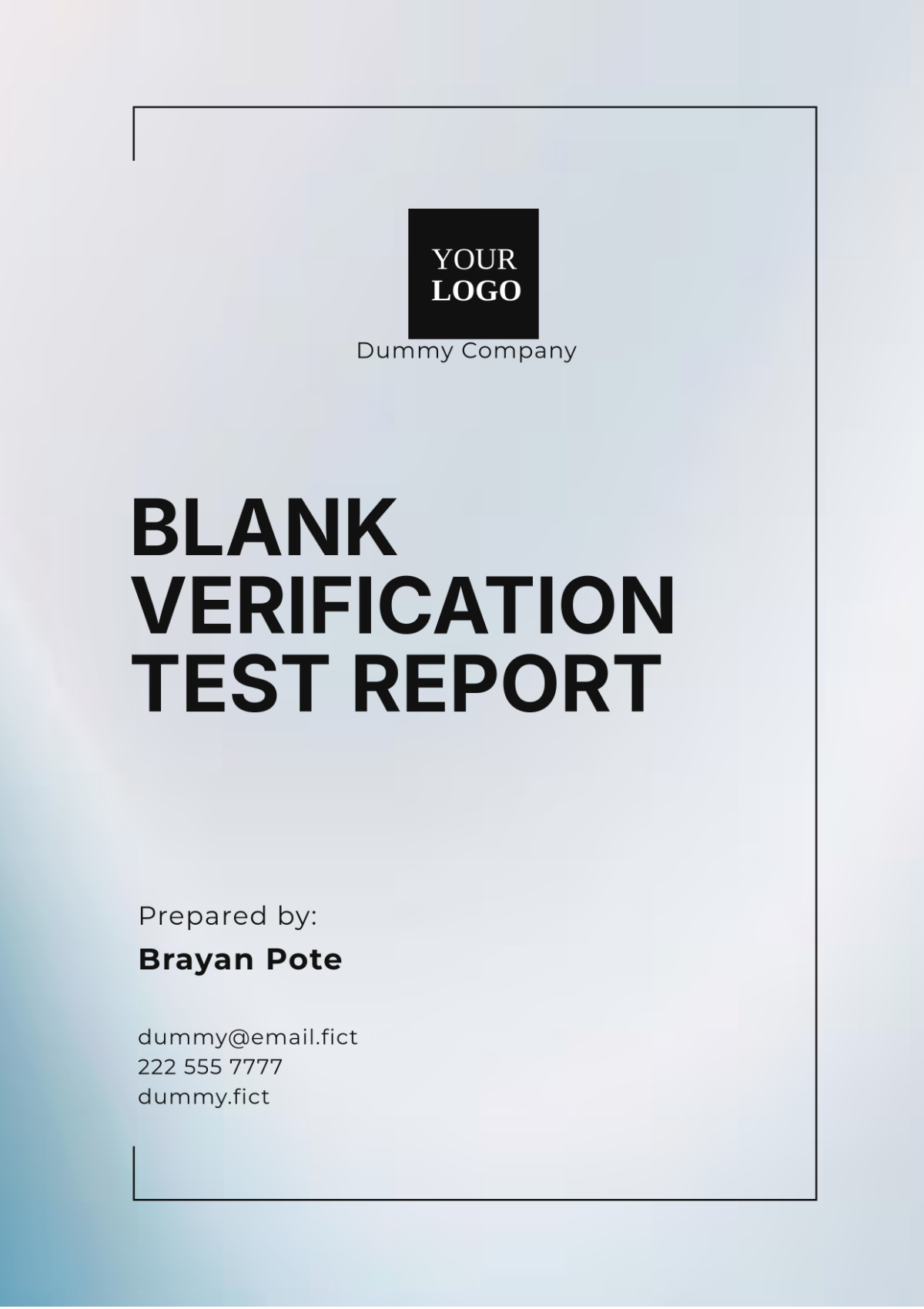Laboratory Report Format
Title: Determining the Concentration of Acetic Acid in Vinegar
Student Name: [Your Name]
Course Name: General Chemistry
Instructor’s Name: Dr. John Paul Smith
Date of Submission: August 30, 2054
Abstract
This experiment aimed to determine the concentration of acetic acid in vinegar using a titration method. A solution of sodium hydroxide (NaOH) of known concentration was used to titrate a sample of vinegar. The average concentration of acetic acid in the vinegar sample was found to be 5.8% (v/v). This result was consistent with the typical concentration range for commercial vinegar, validating the effectiveness of the titration method employed.
Introduction
Vinegar is a common household substance that primarily contains acetic acid (CHCOOH) diluted in water. The concentration of acetic acid in vinegar can be determined through an acid-base titration, where a base of known concentration is used to neutralize the acid in the vinegar. This experiment utilizes a sodium hydroxide (NaOH) solution as the titrant to quantify the concentration of acetic acid. The primary objective was to measure the percentage concentration of acetic acid in a commercial vinegar sample.
Materials and Methods
Materials:
Commercial vinegar sample
Sodium hydroxide (NaOH) solution (0.1 M)
Phenolphthalein indicator
Burette
Pipette
Conical flask
Distilled water
Methods:
Preparation:
Rinse all glassware with distilled water and allow it to air dry.
Fill the burette with the 0.1 M NaOH solution and record the initial volume.
Titration:
Pipette 25.0 mL of vinegar into a clean conical flask.
Add 2-3 drops of phenolphthalein to the vinegar solution.
Slowly titrate the vinegar with NaOH, swirling the flask continuously, until the endpoint is reached (color change from colorless to faint pink).
Record the final volume of NaOH in the burette.
Calculations:
Repeat the titration for accuracy, recording the volumes used each time.
Calculate the average volume of NaOH required for titration.
Determine the concentration of acetic acid in the vinegar.
Results
Titration Data:
Trial | Initial Volume (mL) | Final Volume (mL) | Volume Used (mL) |
|---|---|---|---|
1 | 0.00 | 23.50 | 23.50 |
2 | 0.00 | 23.60 | 23.60 |
3 | 0.00 | 23.55 | 23.55 |
Average Volume Used: 23.55 mL
Discussion
The average concentration of acetic acid in the vinegar sample was calculated to be 5.8%, which aligns with the typical range for commercial vinegar, confirming the accuracy of the titration method used. The slight variations in volume measurements between trials can be attributed to minor human error during the titration process. The endpoint determination was precise, as indicated by the consistent color change observed.
Conclusion
The experiment successfully determined the concentration of acetic acid in a commercial vinegar sample. The result of 5.8% (v/v) is consistent with standard concentrations found in vinegar, demonstrating the effectiveness and reliability of the titration method. Future experiments could benefit from using more precise equipment and performing additional trials to further reduce potential errors.
References
Smith, J. (2052). Chemistry Laboratory Techniques. Science Publications.
Johnson, L. (2053). Introduction to Acid-Base Titration. Academic Press.































